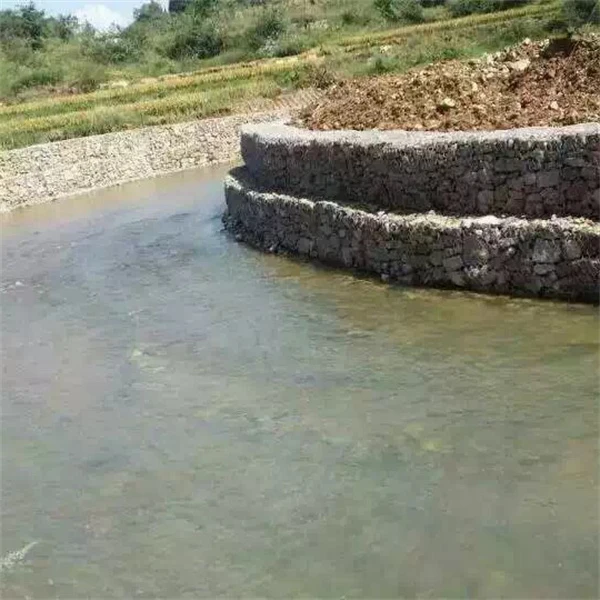Жел . 06, 2024 19:08 Back to list
gabion basket sizes
Understanding Gabion Basket Sizes A Comprehensive Guide
Gabion baskets are a versatile and environmentally friendly solution for a variety of construction, landscaping, and erosion control applications. These wire mesh containers are filled with stones or other materials, making them an effective choice for retaining walls, riverbank stabilization, and decorative landscaping features. One of the critical aspects when working with gabion baskets is understanding their sizes, as this affects their functionality, aesthetics, and project outcomes.
Gabion baskets come in a variety of sizes, typically ranging from small, hand-held units to large, industrial-strength containers. The most common dimensions for residential use are usually around 2 feet high by 3 feet long and 1 foot wide, ideal for landscaping projects or small retaining walls. Larger sizes, such as 3 feet high by 6 feet long and 2 feet wide, are often used for more significant structural applications and can handle more weight, making them suitable for erosion control along slopes or riverbanks.
Understanding Gabion Basket Sizes A Comprehensive Guide
In addition to the dimensions of the baskets, the wire mesh used to construct the gabion cage plays a significant role in determining its suitability for various uses. Galvanized steel is a common choice because of its longevity and resistance to corrosion, making it ideal for outdoor applications. Galvanized wire ensures that the gabion baskets can withstand the elements while maintaining structural integrity over time. The gauge of the wire mesh can also vary, with thicker wires providing more strength and durability, especially in applications that bear significant loads.
gabion basket sizes

Another factor to consider is the opening size of the wire mesh. Standard mesh openings range from 2 to 4 inches. Smaller openings can help prevent smaller rocks from escaping, while larger openings may allow for better drainage and water flow, which is particularly important in applications like retaining walls along waterways. Ultimately, the choice of mesh size should align with the intended use of the gabion baskets.
When planning a project involving gabion baskets, it’s essential to calculate how many units will be required based on the area to be covered and the specific sizes of the baskets selected. Proper planning can help in estimating the quantity of filling material needed as well.
Lastly, the aesthetic aspect of gabion baskets should not be overlooked. Available in various sizes, they can be stacked or combined in creative designs to enhance the visual appeal of a landscape while serving practical purposes. By varying the basket sizes and the type of material used for filling, one can create striking patterns and textures that blend harmoniously with the natural environment.
In conclusion, understanding gabion basket sizes is crucial for anyone looking to utilize this innovative and durable solution in construction and landscaping projects. By considering the dimensions, filling materials, and applications, you can ensure that your project meets both functional and aesthetic needs efficiently. Whether for environmental protection or design, gabion baskets offer a customizable option that stands the test of time.
-
Versatility of Chain Link Fence Gabion
NewsMay.13,2025
-
Trusted Gabion Box Suppliers
NewsMay.13,2025
-
PVC Coated Gabion for Long-Lasting Structural Integrity
NewsMay.13,2025
-
Garden Gabion for Stylish
NewsMay.13,2025
-
Galvanized Gabion for Durable Outdoor Structures
NewsMay.13,2025
-
Gabion Box Factory
NewsMay.13,2025
-
Gabion Basket Wire Gauge and Mesh
NewsMay.13,2025






